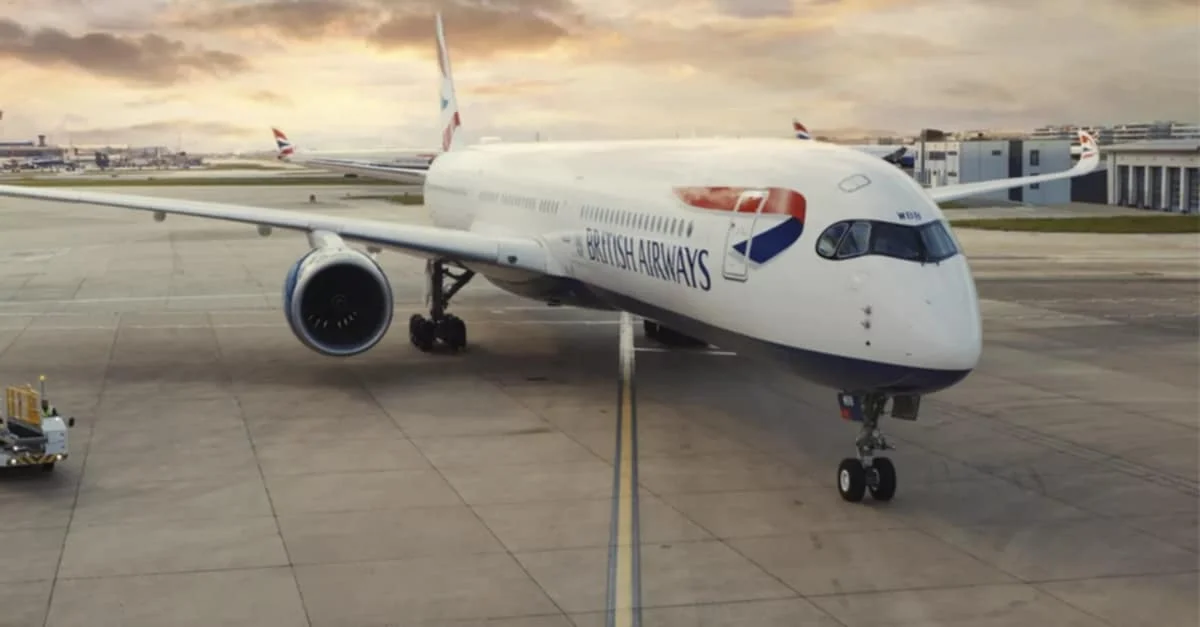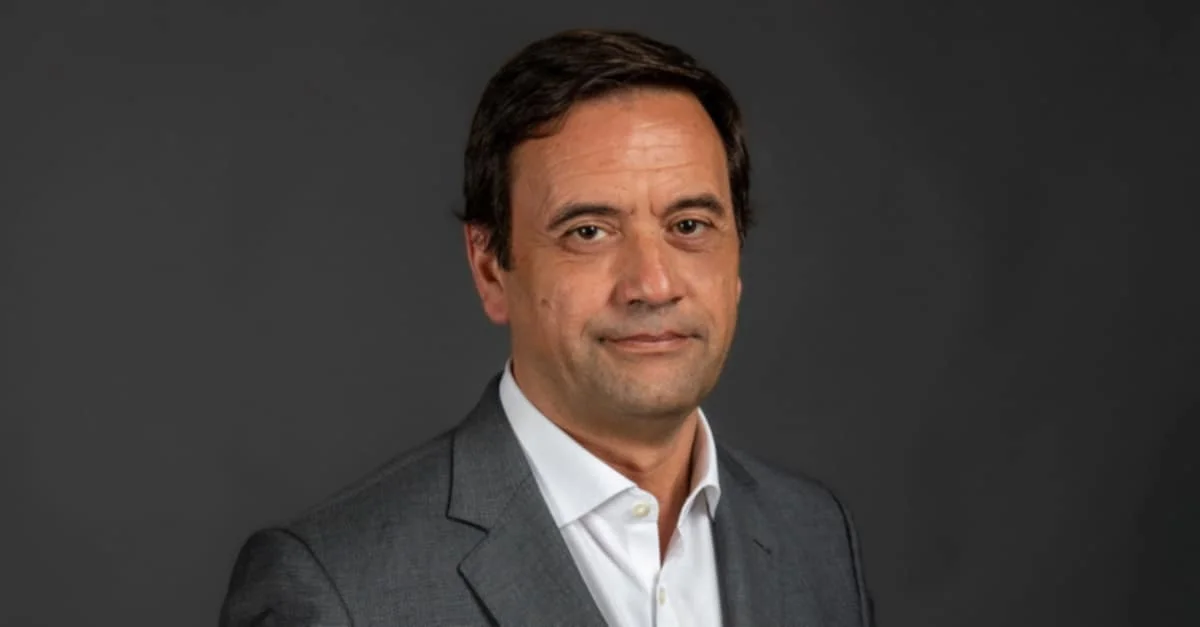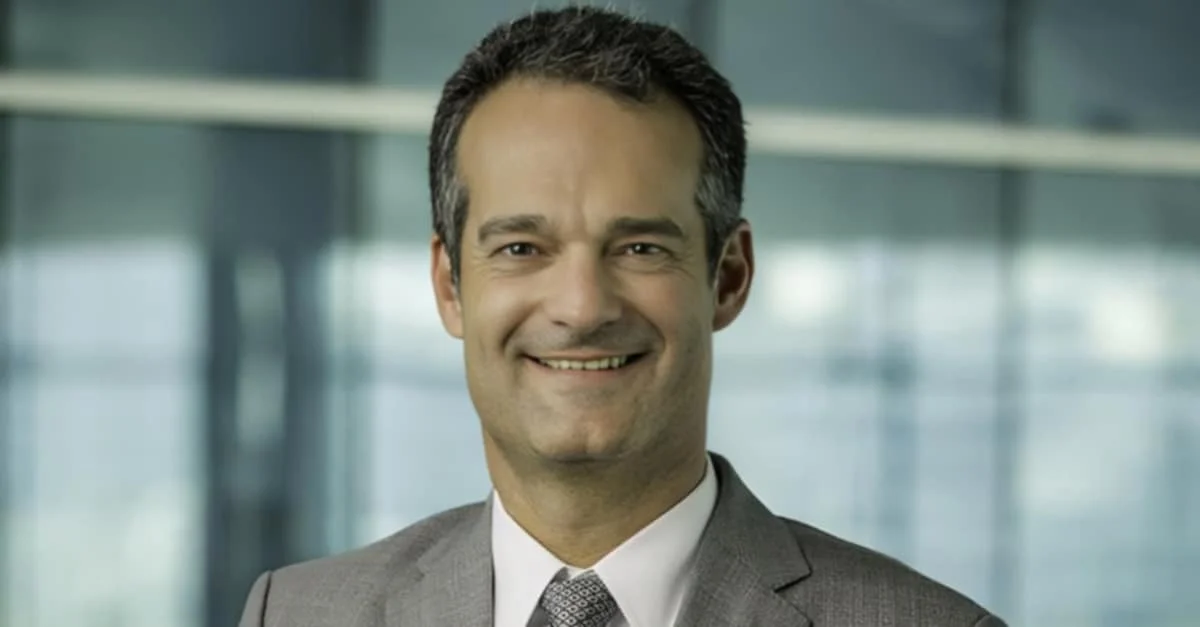As of March 30, the TSA deployed 983 CT units in 254 airports nationwide, with plans to deploy 50 more by September. Full integration of CT technology at U.S. airports, however, is expected to take a decade, with completion likely between 2035 and 2040 according to the TSA.
The TSA plans to implement CT technology at airports such as Denver International Airport, Portland International Airport, Baltimore/Washington International Thurgood Marshall Airport, and Louis Armstrong New Orleans International Airport.
CT technology offers several benefits, allowing for a 360-degree analysis with 3D images instead of 2D. A TSA spokesperson stated that these units provide a "significant screening advantage" and create efficiencies, especially in standard screening lanes.
Despite these benefits, the TSA acknowledged potential delays as passengers adjust to the new technology. A TSA spokesperson advised travelers to ensure everything, including suitcases, goes into a bin and recommended following officer instructions at conveyor belts.
"New technology has a definite 'burn-in' period for passengers and TSA officers to become adept at using it," a TSA spokesperson noted, adding that familiarity over time will enhance efficiency.
Outside experts agree that while the initial rollout may slow the screening process, the technology should eventually enhance overall efficiency. Sheldon Howard Jacobson, a computer science professor at the University of Illinois Urbana-Champaign, observed that currently, the systems create a bottleneck of passengers waiting for their bags. Jacobson stated that, in theory, passengers should spend less time at security checkpoints.
The new machines are slowly being introduced across the country but may slow the screening process as passengers adapt. The TSA remains optimistic that, as the deployment continues, efficiency and wait times will improve.
###
 Alerts Sign-up
Alerts Sign-up





























